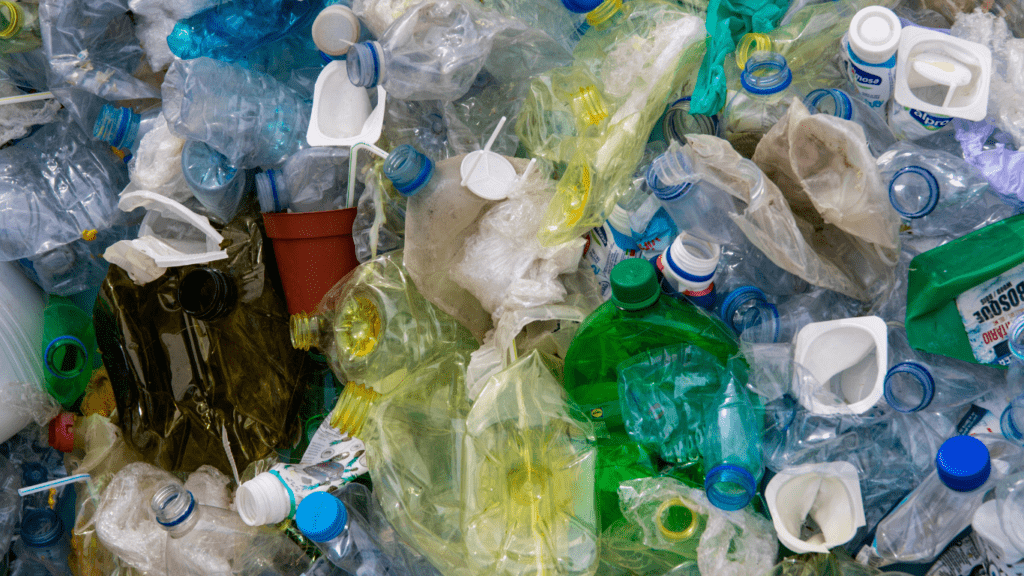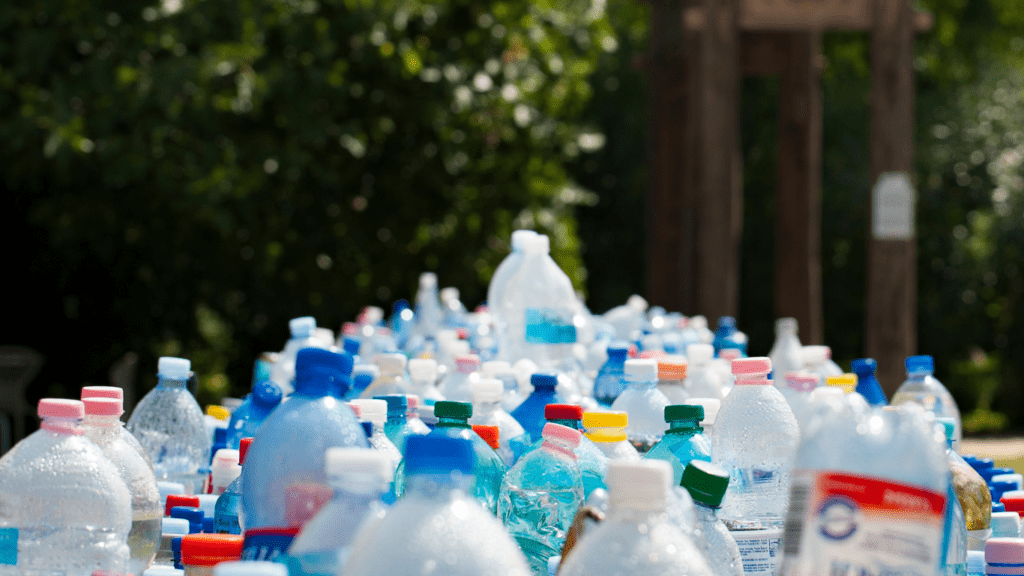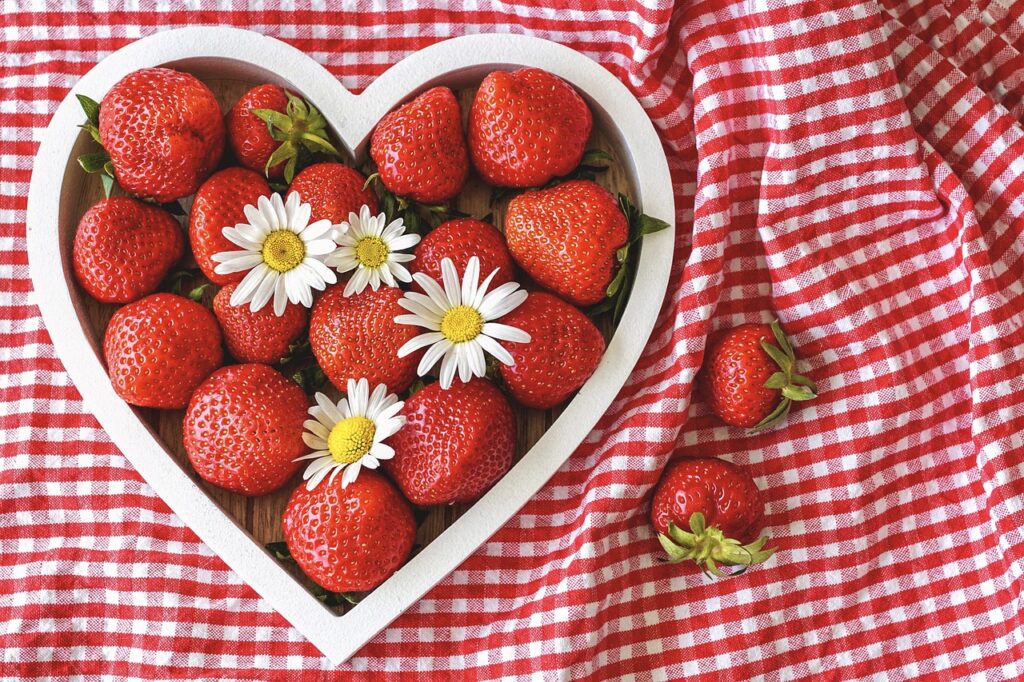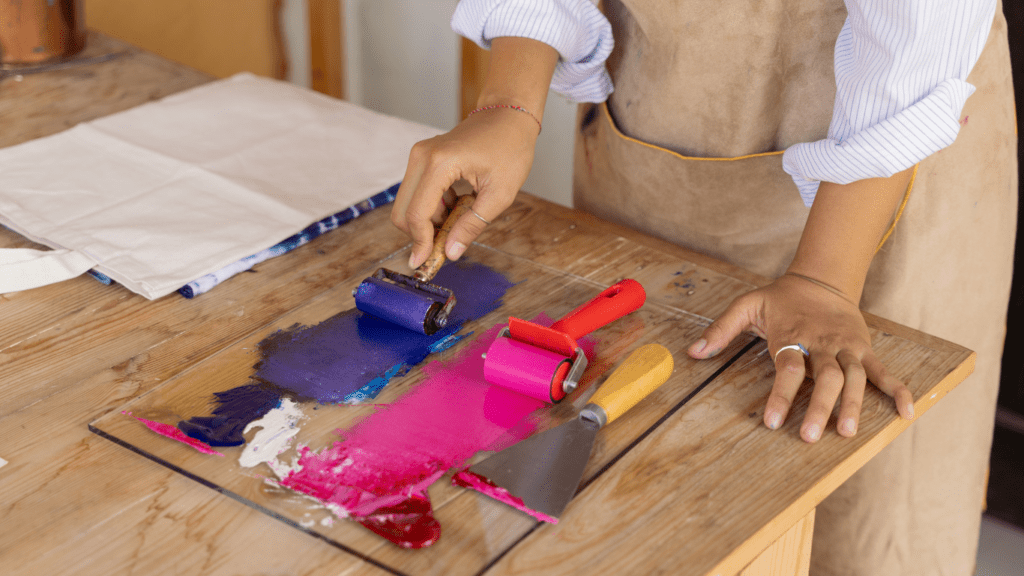Have you ever looked at everyday objects and seen the potential for art? I’ve always been fascinated by the idea of transforming the ordinary into the extraordinary through upcycling. In this article, I’ll share how you can turn simple items found around your home into stunning art pieces that not only showcase your creativity but also help reduce waste.
From old mason jars to discarded wooden pallets, the possibilities for upcycling are endless. I’ll guide you through some creative techniques and inspirational ideas to breathe new life into these objects. Whether you’re a seasoned crafter or just starting, upcycling offers a fun and sustainable way to express your artistic side while making a positive impact on the environment.
Get ready to explore the world of upcycling and unleash your creativity as we delve into the art of transforming everyday objects into unique and eye-catching masterpieces.
Exploring Upcycling: From Trash to Treasure
What Is Upcycling?
Upcycling refers to the creative process of transforming old or discarded items into new products of higher quality or value, often with a different purpose. It involves repurposing materials that would typically be considered waste and giving them a new life through innovative design and craftsmanship.
Reasons to Upcycle
I believe upcycling offers a range of benefits both for individuals and the environment. By upcycling everyday objects, we can reduce waste generation, minimize the need for raw materials, and contribute to a more sustainable lifestyle. Additionally, upcycling allows us to unleash our creativity, turning simple items into unique art pieces while promoting a sense of accomplishment and environmental responsibility.
Upcycling Everyday Objects into Stunning Art Pieces
I believe that upcycling offers numerous benefits for creating unique art pieces while promoting sustainability and reducing waste. Here are some key points to consider:
Benefits of Upcycling for Art
I find that upcycling for art allows me to tap into my creativity by reimagining everyday objects, transforming them into stunning art pieces. Not only does this process provide a sense of accomplishment, but it also promotes environmental responsibility by giving new life to materials that would have otherwise been discarded.
Key Materials Used in Upcycling Art
In my experience, some of the key materials commonly used in upcycling art include reclaimed wood, old textiles, metal scraps, discarded glass, and plastic bottles. By utilizing these materials in innovative ways, I can create visually appealing art pieces that tell a unique story while contributing to a more sustainable way of living.
How to Start Upcycling Your Everyday Items
When beginning your upcycling journey, it’s crucial to identify items around your home that can be transformed into stunning art pieces. Look for old furniture, glass jars, plastic containers, fabric scraps, or even broken jewelry. These seemingly mundane objects can be upcycled into unique and aesthetically pleasing art pieces with a little creativity.
Identifying Items to Upcycle
To start upcycling, first, assess the items you already have. Consider objects that you no longer use but are still in good condition or can be salvaged for parts. Old furniture like chairs, tables, or cabinets can be given a new life with a fresh coat of paint or some creative alterations. Glass jars and plastic containers can be transformed into decorative vases or storage containers with a touch of creativity.
Fabric scraps from old clothes or linens can be repurposed into patches for quilts, coasters, or even woven into unique rugs. Broken jewelry pieces can be disassembled and incorporated into new accessories or art pieces. The key is to see beyond the item’s current state and envision its potential for transformation into something beautiful and functional.
Tools and Techniques for Beginners
As a beginner in upcycling, you don’t need a vast array of specialized tools to get started. Basic tools like sandpaper, paint brushes, a glue gun, and a pair of scissors are essential for most upcycling projects. Sandpaper can help smooth surfaces and prepare them for painting or varnishing, while a glue gun is handy for assembling pieces securely.
Paint brushes of varying sizes are useful for applying paint or varnish to upcycled items, giving them a fresh look. A pair of sharp scissors is essential for cutting fabric, paper, or other materials during the upcycling process. Additionally, techniques like decoupage, stenciling, and distressing can add unique textures and designs to your upcycled creations, allowing you to express your artistic flair while reducing waste and promoting sustainability.
Inspirational Upcycling Artists and Their Creations
As an upcycling enthusiast, I find inspiration in the works of renowned upcycling artists who breathe new life into discarded objects. Let’s explore some of these creative minds and their remarkable creations.
Famous Upcycling Artists to Follow
- Sarah Turner – Turner, a UK-based artist, creates stunning lighting fixtures from recycled plastic bottles. Her innovative approach transforms mundane waste into elegant and eco-friendly pieces that illuminate spaces with a touch of sustainability.
- Jane Perkins – Perkins is known for her intricate artwork using found objects like buttons, beads, and toys. Her mosaic-style compositions depict famous paintings and portraits with a twist, showcasing the beauty of upcycling through a blend of colors and textures.
- Tom Deininger – Deininger’s unique sculptures are an amalgamation of upcycled materials like plastic toys, electronic components, and metal scraps. His detailed artwork, resembling familiar scenes and figures, challenges conventional perceptions of waste while highlighting the potential for creative reuse.
- Bottle Cap Mosaics: Transforming discarded bottle caps into colorful mosaics not only adds vibrancy to spaces but also reduces plastic waste. By upcycling these everyday objects, artists and DIY enthusiasts contribute to environmental preservation through sustainable art.
- Repurposed Furniture Designs: Upcycling old furniture pieces with fresh paint, new upholstery, or creative modifications not only extends their lifespan but also adds a personalized touch to interior decor. Embracing repurposed furniture minimizes the environmental impact of manufacturing new items while showcasing individual style and creativity.



